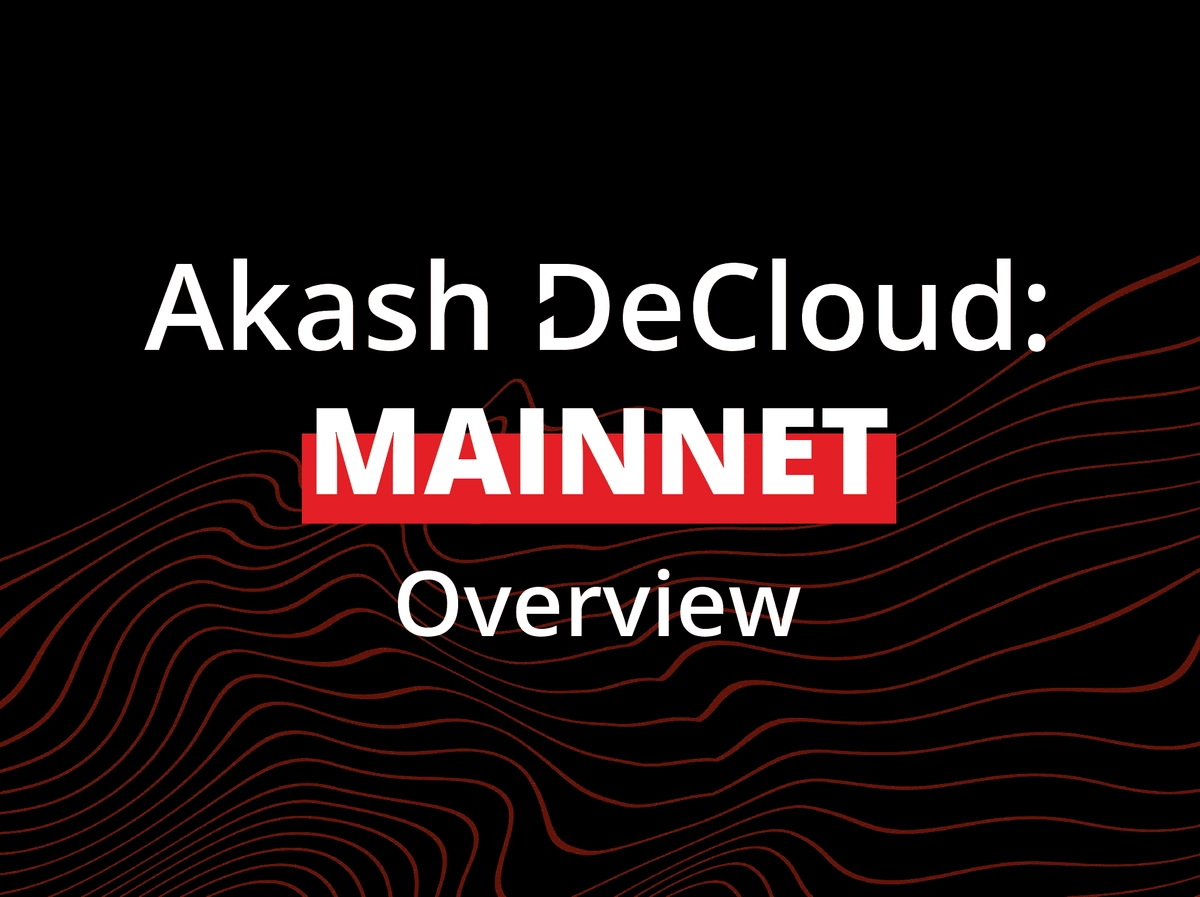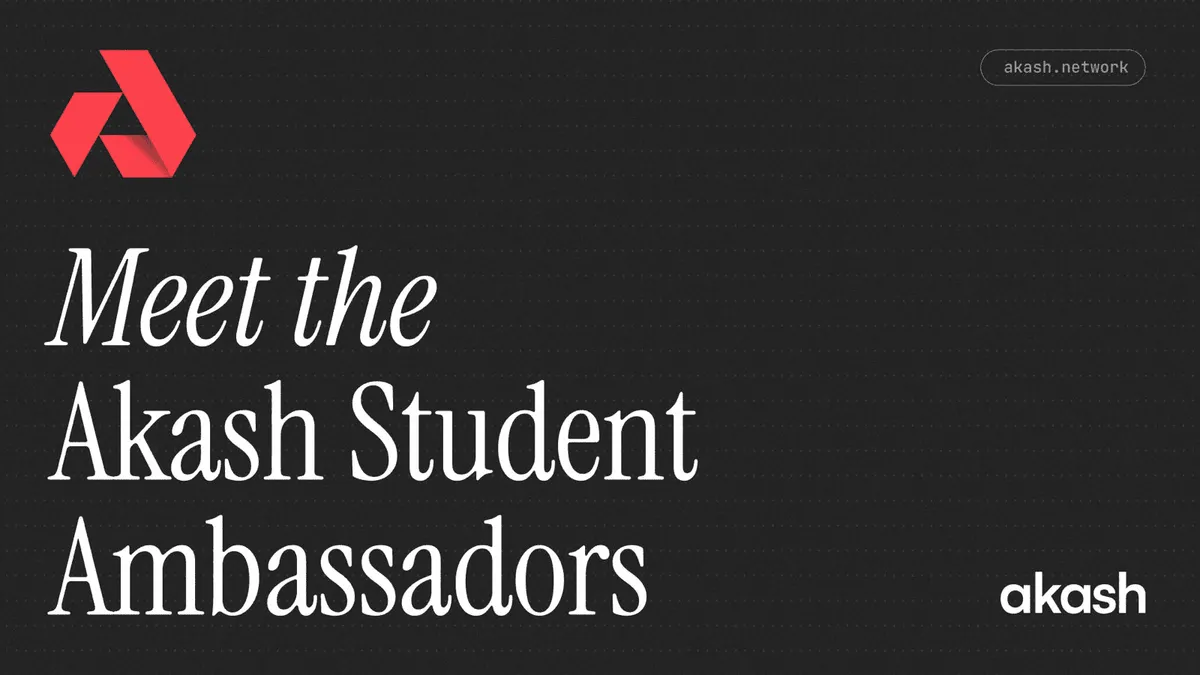
Driven by increased consumer demand for throughput, a global surge of smartphones, rapid development of applications, and high DevOps server management costs, the cloud computing industry, projected to be a $370 billion market by 2022 (IDG 2019), is dominated by an oligarchy of four cloud service providers (Amazon Web Services, Google Cloud, Microsoft Azure, and Alibaba Cloud).
As a concentrated market with pricing inefficiency and anti-competitive practices, centralized cloud providers are stifling innovation, choice, and flexibility.
Decentralized cloud platforms have failed in the market due to complexity of technical integration and adoption, limited use cases, and a lack of price advantages.
Additionally, the growth of DeFi and decentralized projects are limited by high transaction costs, scalability, and high censorship and security risks on centralized cloud platforms.
Mainstream and decentralized companies and developers have had few alternatives.
The Vision of The Unstoppable Cloud
_____
As open source and blockchain developers ourselves, Greg and I set out to realize the vision of a permissionless, sovereign, and open cloud where builders of the Internet have greater freedom to create.
With advanced containerization technology and a unique staking model to accelerate adoption, Akash is a faster, more efficient, and lower cost cloud built for DeFi, decentralized projects, and high growth companies, providing unprecedented scale, flexibility, and price performance.
Up to 10x lower cost than the market, our serverless computing platform is compatible with all cloud providers and all applications that run on the cloud, easily integrating with a company’s existing technology stack.
As the world’s first decentralized cloud computing marketplace, Akash leverages 85% of underutilized cloud capacity in 8.4 million data centers. Akash enables anyone to buy and sell cloud compute.
Akash DeCloud: Mainnet 1
_____
Core to Akash’s platform is a token economic model that uses a native currency, Akash Token (AKT), to solve for volatility (one of the biggest challenges for adoption in crypto), while ensuring economic security of the platform’s public blockchain.
The model bootstraps early supply by using inflation as a subsidy, and activates an incentive structure that unlocks network effects to accelerate growth.
In order to properly compensate providers on the network (providers are users contributing cloud compute to the network e.g. datacenters), AKT must first have economic value. Launching a mainnet and stabilizing the staking set is the first step in establishing economic value.
Akash Mainnet 1 is the launch of the Akash DeCloud and the true beginning of network governance. Akash Mainnet 1 (based on the Launchpad release) enables basic staking and governance operations, including the ability to delegate to validators and vote on governance proposals.
We’ll be launching Mainnet with 64 validators to establish economic value and to stabilize the staking set. AKT holders will then vote to enable the decentralized cloud modules after the Phase 3 Testnet.
What’s Next? Akash DeCloud: Mainnet 2
_____
Once Mainnet 1 is live and The Akashian Challenge: Phase 3 Testnet is complete, AKT holders will be able to vote to enable Mainnet 2.
Mainnet 2 will include:
-
Provider Operations: The ability for data centers to register themselves on the blockchain as providers as well as the necessary infrastructure to help those providers manage their clusters.
-
Ability to deploy applications on Akash DeCloud: Users will be able to submit application manifests to the Akash network that will then be deployed on the providers registered on the network.
-
Cloud Compute DEX: In order to decide which provider runs which app, a decentralized exchange helps match orders to bids.
As we continue the acceleration of Akash DeCloud in Q4, we look forward to sharing more product updates with you.
Akash Network’s Mainnet 1 is scheduled for launch on Friday, September 25th at 9AM PST / 4PM UTC.
For the latest Akash news and rewards, join our Telegram!


